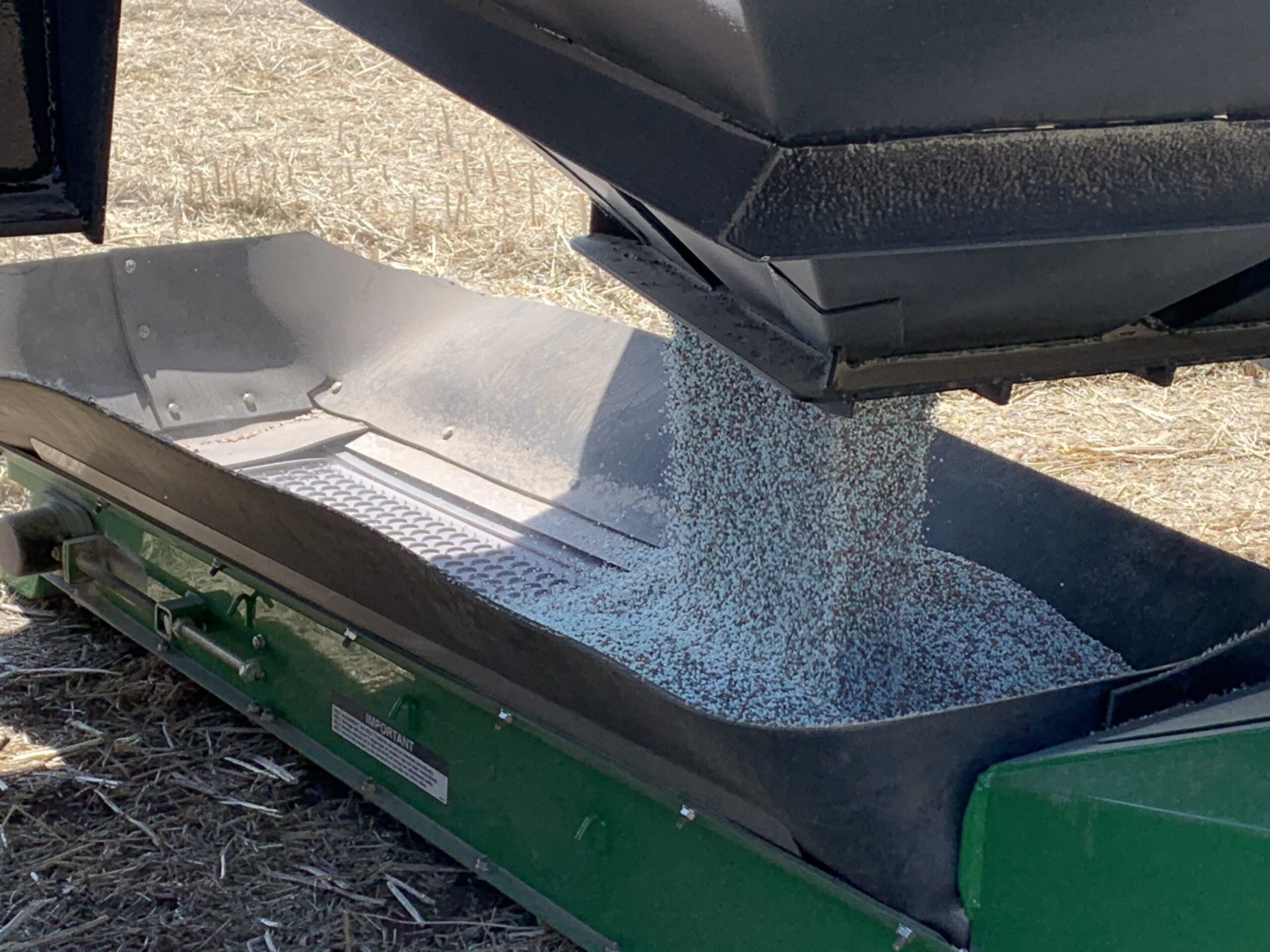Research Objective
To assess the tolerance of pulses to seedrow placed fertilizer blends and composite products containing nitrogen (N).
The general sensitivity (injury potential) for starter nitrogen (N), phosphorus (P), sulfur (S) fertilizer products and blends placed in the seed-row was: lentil > pea > chickpea > soybean > black bean > faba bean. Lentil, pea and chickpea could generally only tolerate the 10 kg nitrogen ha-1 rates while soybean and black bean could tolerate 10 – 20 kg nitrogen ha-1. Faba bean emergence appeared relatively unaffected by all three rates of nitrogen (10, 20 and 30 kg nitrogen ha-1), and showed least sensitivity to seed row placed fertilizer. Overall, the combination ammonium phosphate sulfate fertilizer products tended to have similar or higher emergence percentage compared to equivalent analysis blends within a nitrogen rate. In a 30-day biomass response, soybean and black bean were most responsive to fertilization, which was attributed to slow onset of biological nitrogen fixation (BNF) in these two crops. Pea, faba bean, lentil and chickpea early biomass production and nutrient uptake was not highly responsive to the starter fertilizer applications, with no benefit going above 10 kg nitrogen ha-1 rate. Under field conditions, a rate of 10 kg nitrogen and phosphorus 2O5 ha-1 appeared to be the rate placed in the seed-row that did not significantly reduce emergence, stand count or biological nitrogen fixation, and was sufficient to maximize yield, nitrogen and phosphorus uptake for both soybean and lentil. Rates higher than 10 kg nitrogen ha-1 in the seed- row as starter 28-26-0 blend reduced emergence and decreased the proportion of nitrogen derived from biological nitrogen fixation.

